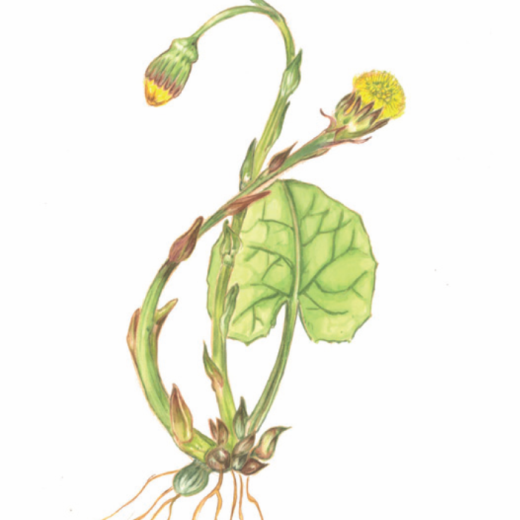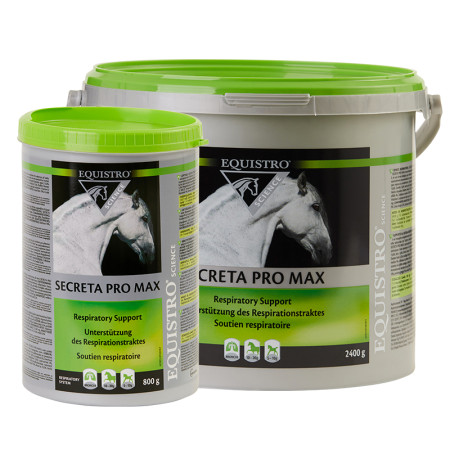
Coltsfoot (Tussilago farfara)
Description
Coltsfoot (Tussilago farfara) is the only plant species of the genus Tussilago in the Asteraceae family and is one of the first spring flowers to appear with its yellow blossoms before the leaves develop. Coltsfoot is native to Europe, North Africa and Asia.
Properties
Coltsfoot is rich in mucilage (alkaloids) and other constituents notably tussilagine which has been reported to be a respiratory stimulant, flavonols, and tannins.
Possible uses
Due to its expectorant and antitussive ingredients, coltsfoot is often used to support the recovery from slight cough and other irritations of the upper respiratory tract.
Important to know
Preparations made from coltsfoot leaves and flowers may contain mutagenic and potentially carcinogenic pyrrolizidine alkaloids. A specified limit value of 1 μg pyrrolizidine alkaloids per declared daily dose of preparations from coltsfoot plant constituents must not be exceeded.

